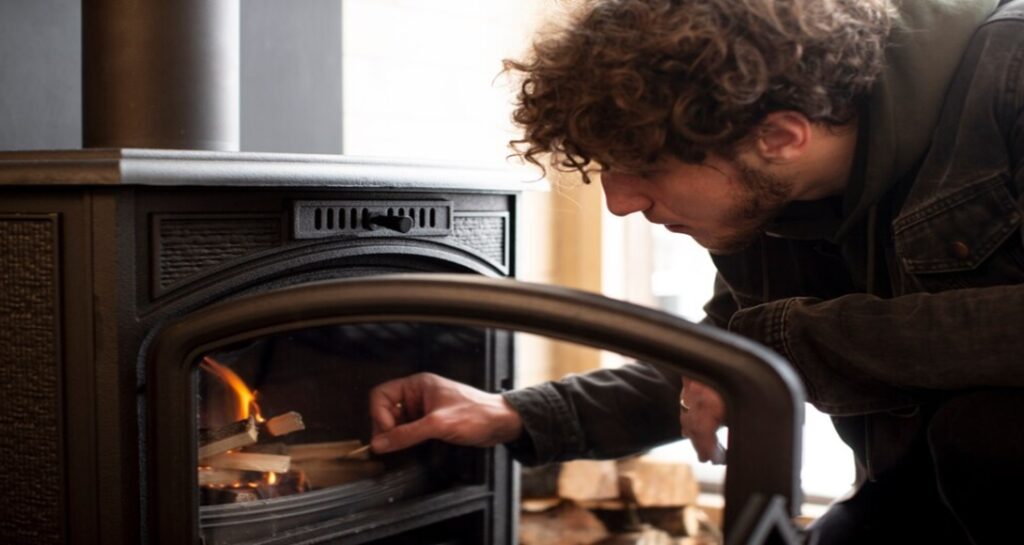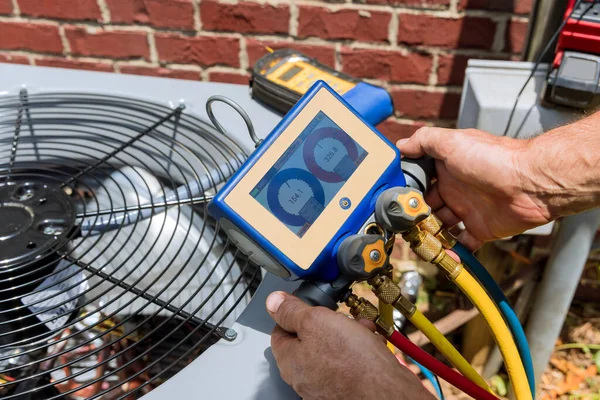
As the temperature drops and winter approaches, ensuring that your heating system is functioning optimally becomes essential. Furnace maintenance is not just about keeping warm; it also involves extending the lifespan of your equipment and avoiding costly heating repair bills. Regular upkeep can prevent unexpected breakdowns and improve energy efficiency, ultimately saving you money. Here’s your ultimate guide to furnace maintenance to keep your heating system in top shape.
1. Understand the Importance of Furnace Maintenance
Furnace maintenance is crucial for several reasons. Firstly, a well-maintained furnace operates more efficiently, meaning it uses less energy to heat your home. This can lead to significant savings on your utility bills. Secondly, regular maintenance helps in detecting and addressing minor issues before they escalate into major problems, which can be costly to repair. Lastly, maintaining your furnace ensures it operates safely, reducing the risk of carbon monoxide leaks and other hazards.
2. Create a Maintenance Schedule
A proactive approach to furnace maintenance involves setting up a routine schedule. Ideally, you should have your furnace inspected and serviced at least once a year, preferably before the start of the heating season. Many HVAC professionals recommend scheduling maintenance in the fall, allowing ample time to address any issues before the cold weather arrives.
3. Change the Air Filter Regularly
One of the simplest yet most effective maintenance tasks is changing your furnace’s air filter. The filter traps dust, dirt, and other particles, preventing them from entering the furnace and the air you breathe. A clogged filter can reduce airflow, forcing the furnace to work harder and potentially causing overheating or damage. Check the filter every 1-3 months, depending on usage, and replace it if it appears dirty or clogged.

4. Inspect and Clean the Furnace
Regularly inspecting and cleaning your furnace can prevent many common issues. Start by checking the furnace’s exterior for any visible signs of wear or damage. Remove any debris from around the furnace to ensure proper ventilation. Additionally, cleaning the furnace’s interior components, such as the blower blades and burners, can improve efficiency and prevent overheating.
5. Check the Thermostat
A malfunctioning thermostat can lead to inefficient heating and increased energy costs. Ensure that your thermostat is calibrated correctly and set to the desired temperature. Consider upgrading to a programmable thermostat, which allows you to set different temperatures for different times of the day, further enhancing energy efficiency.
6. Inspect Ductwork and Vents
Your furnace’s efficiency is also dependent on the condition of your ductwork and vents. Leaky or obstructed ducts can result in significant heat loss and uneven heating throughout your home. Inspect the ductwork for any visible leaks and seal them as necessary. Ensure that vents are unobstructed and open to allow proper airflow.
7. Listen for Unusual Sounds
Pay attention to any unusual noises coming from your furnace. Grinding, squealing, or banging sounds can indicate underlying issues that may require professional heating repair. Regular maintenance can help identify and address these problems before they become severe, avoiding the need for emergency repairs.
8. Address Pilot Light and Flame Sensor Issues
For older furnaces with a pilot light, ensure that the flame is steady and blue. A yellow or flickering flame can indicate a problem with the burner or a blocked pilot tube. Modern furnaces often use electronic ignition systems, so if you experience issues with the ignition, it may require professional attention.
9. Check Carbon Monoxide Detectors
Safety is paramount when it comes to furnace maintenance. Carbon monoxide is a colorless, odorless gas that can be emitted by a malfunctioning furnace. Ensure that you have working carbon monoxide detectors installed in your home, especially near sleeping areas. Regularly test these detectors and replace batteries as needed.
10. Schedule Professional Heating Repair When Needed
Despite your best efforts at maintenance, issues can still arise. If you encounter persistent problems with your furnace, such as inconsistent heating, unusual noises, or frequent cycling, it’s time to call a professional for heating repair. A qualified technician can diagnose and fix issues that may not be apparent through routine maintenance.
Conclusion
Furnace maintenance is a crucial aspect of keeping your heating system in top shape. By following a regular maintenance schedule, changing air filters, cleaning components, and addressing issues promptly, you can ensure that your furnace operates efficiently and reliably throughout the winter. Remember, while some maintenance tasks are manageable on your own, don’t hesitate to seek professional help for complex issues or repairs. With diligent care, your furnace will provide you with consistent warmth and comfort for years to come.








